
Japan’s Hot Springs: Your Complete Onsen Guide for Relaxation and Culture
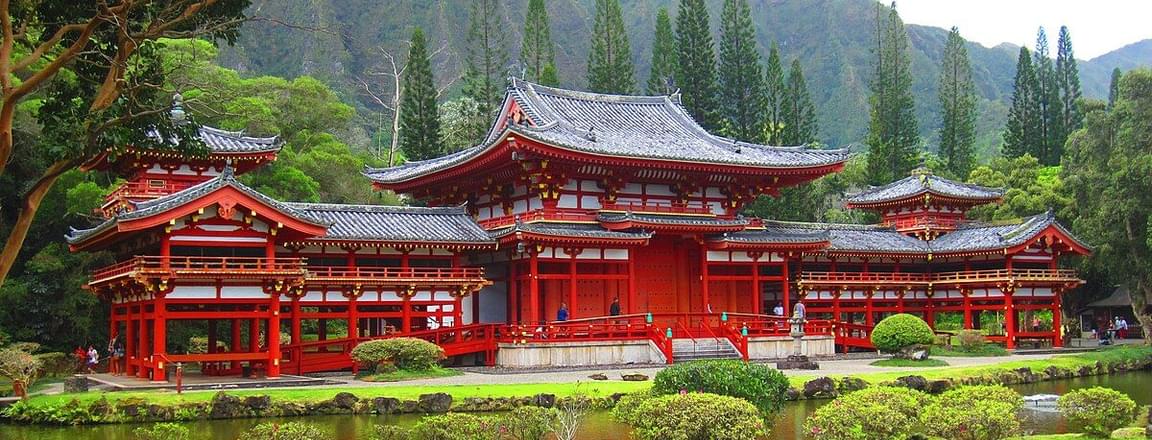
Want a relaxing retreat after exploring attractions in Japan? Visit Japan’s hot springs or also called the onsens, on your Japan trip. Onsens aren’t just hot baths; they’re a prism through which aspects of Japanese culture, ritual, food, and hospitality come into focus. Whether you’re a first-time visitor, someone with accessibility requirements, or you just crave a bath with mountains and snow, this is your spot. Japanese tourism has many natural and man-made onsen that offer utmost relaxation. This guide helps you choose what makes each region unique, what practical details matter, and why proper onsen etiquette is essential.
How to Choose the Right Onsen in Japan: Practical Tips for Every Traveller
- Experience matters: Do you want outdoor rotenburo, where you’re part of the scenery, or indoor baths, with comfort, rain or shine? For urbanites, Hakone is essentially engineered as a Tokyo fuel stop for risk-free soaking. But rustic clusters like Kurokawa exist precisely so you can bounce among open-air tubs.
- Public or private? :If privacy, family, or visible tattoos are at play, book a kashikiri (private bath). Otherwise, public gender-separated baths lean into the social, communal side of Japanese bathing.
- Temperature & health: Japanese baths tend to be hot, often 37°C–42°C. Useful: dial back soak times if the water feels aggressive. If your health isn’t bulletproof (especially heart issues), heed that, onsen are not bravado contests.
- Mineral expectations: Springs aren’t just water; they’re sulfur, alkaline, iron, carbonic acid, silicate, and even trace radium. It’s tempting to believe the miracle claims. Don’t. Instead, use what’s there, read the posted guidelines, and enjoy the difference without the need for a placebo.
- Booking logic & cost structure: If you’re thinking of travelling into the sakura or momiji (autumn) seasons, book early; the better places disappear fast, and cancellation windows (sometimes 48 hours, sometimes a night’s penalty) are enforced. If you don’t want to juggle details, this is where those bundler-companies justify their existence: transfers, ryokan, support, all handled.
- Accessibility & families: You can filter by practicalities, ramps, bars, and changing spaces. Example: Jozankei has genuine wheelchair access and shuttle links. If you care, check directly. If you care a lot, use an expert to eliminate uncertainty.
- Abbreviated navigation: Want a view? → rotenburo. Need privacy or have tattoos? → private bath. In a hurry? → Pick a popular onsen near a hub (Hakone for Tokyo, say) or buy a finished package.
Tokyo (4N)
Osaka (5N)
- Kyoto and Nara 1 Day Bus Tour
Top Onsen Destinations in Japan : Travel, Logistics & Attractions
Hakone (Kanagawa)
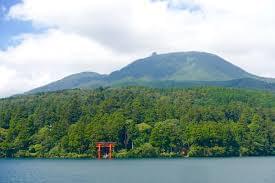
It’s just a day trip from Tokyo. You can access it via Odakyu lines, Hakone Tozan Railway, local buses, and layered connections. Many ryokan do shuttle runs from bus/train stops; reserve these, especially at night. It is ideal for dwellers who want something “authentic” without hassle.
Kurokawa (Kumamoto)
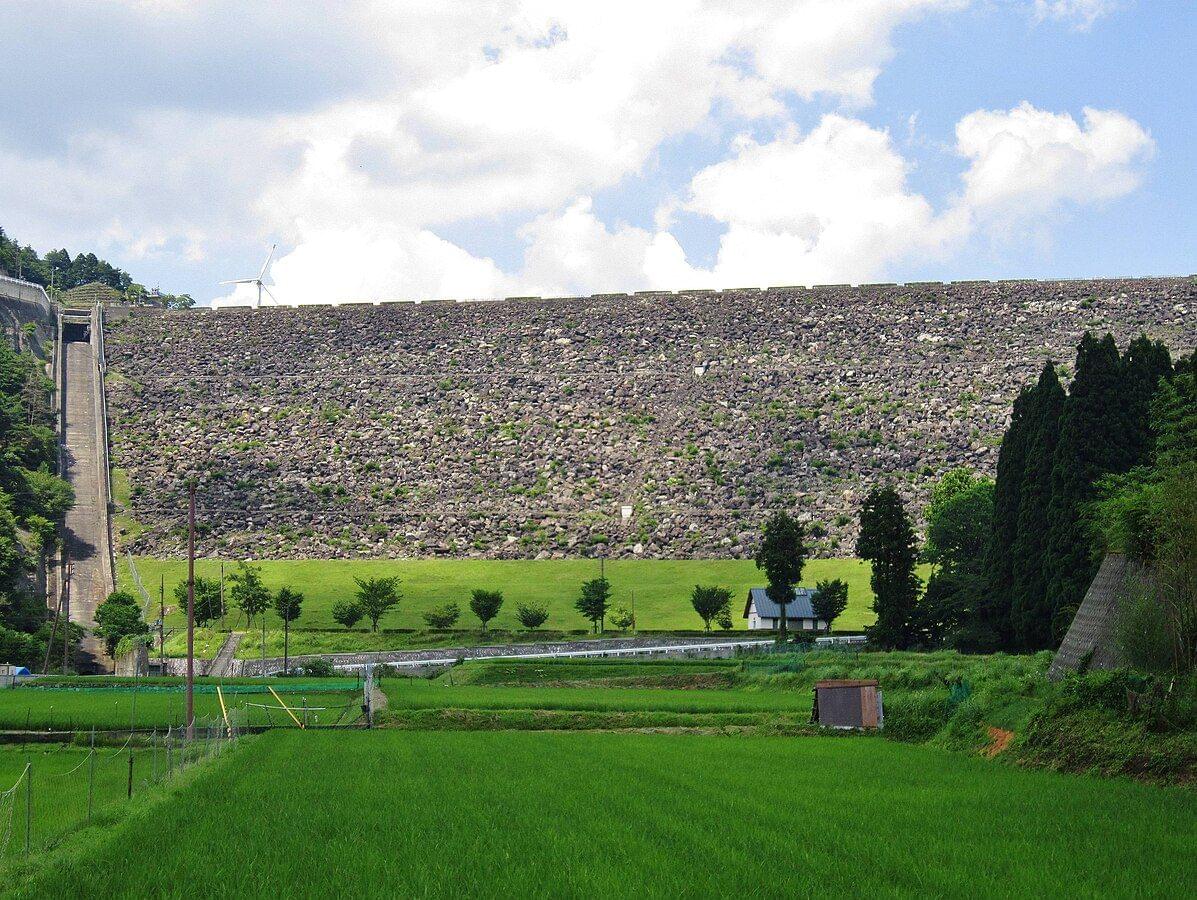
Fukuoka and Kumamoto are both accessible by bus or car. It features charming rural rotenburo (outdoor baths) and clusters of traditional inns. Add this to your Japan adventure tour packages to avoid last-minute mishaps.
Pro tip: For the multi-bath experience, plan to stay the night.
Beppu (Oita)
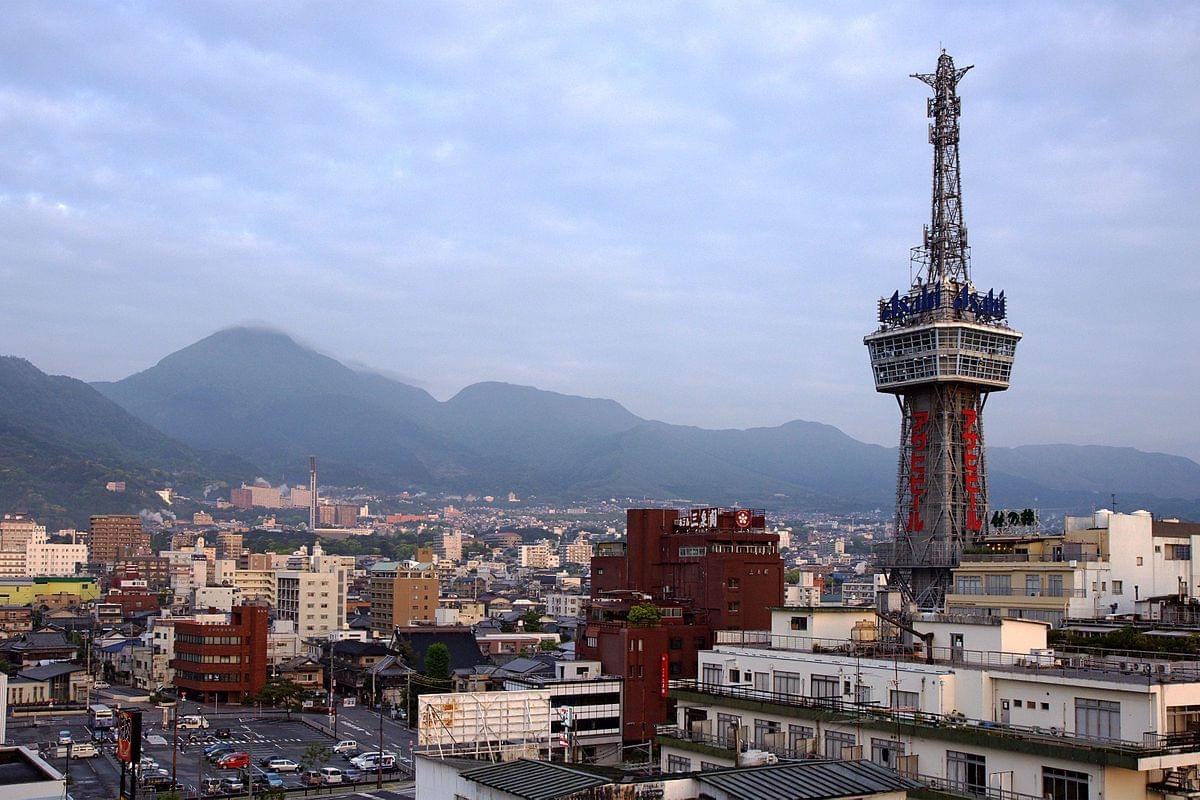
It is famous for its wide range of water types and even sand-bath options. Beppu’s onsens are ideal for people who want more than “just a soak.” Oita in Kyushu is the gateway. You can pair a ryokan overnight with a sand bath and the “Hells”, a ready-made 9-day Japan itinerary.
Jozankei (Hokkaido)
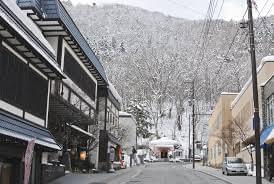
Its onsens stand out for actual wheelchair and accessibility features. Jozankei is easily accessible with shuttles from Sapporo Station. Its hotels actually advertise accessible rooms, restrooms, wheelchairs, and a real focus on functionality.
Other towns (Kusatsu, Noboribetsu, Kinosaki, Arima, Gero, Dogo, Ibusuki)
- Itinerary: JR train, local bus, or inn pickup; timing matters, so check schedules when planning.
- Seasonal caution: Rural access can get hairy in snow. Build buffer time in winter, and always check the status for remote spots.
- Booking and cancellation: Ryokans vary; some have rigid advance/cancellation windows. Don’t guess, confirm rules before depositing.
How to Book a Japanese Onsen: Ryokan, Packages & Travel Providers 2025
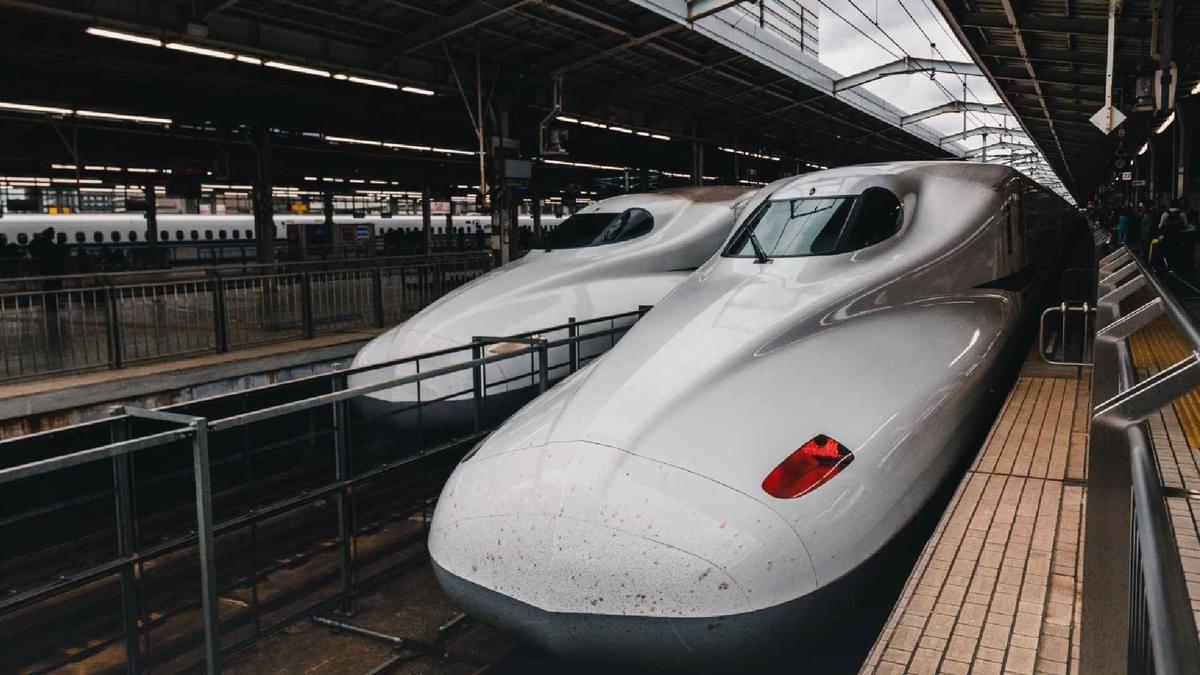
You can go directly, or use travel providers who organise it all for you. With little input, you will lock down your bookings, set transfers, offer backup, and offer the kind of add-ons that take out surprises.
Understanding Onsen Minerals & Health Benefits in Japan
It’s tempting to dwell on mineral profiles or hope for alchemy. Here’s what matters, why it’s interesting, and how not to get lost in hair-splitting.
What the Water Actually Contains
Mineral / Component | Effects | Highlights |
| Sulfur, Calcium, Magnesium | Traditionally said to improve circulation, soothe joints, and enhance skin, science is limited, but the feel is noticeable | Common in most onsens |
| Iron | Mildly touted for health benefits | Varies by region |
| Carbonic Acid | Adds effervescence; thought to aid circulation | Region-specific |
| Silicate | Skin-smoothing properties | Region-specific |
| Trace Radium | Rare; minor health claims | Some mineral-rich regions |
| Regional quirks | The type of water is partly marketing, partly geology | Noboribetsu is famous for sulfur-rich volcanic water |
Essential Japanese Onsen Terms for Travellers
- "Sumimasen", Excuse me
- "Ofuro wa doko desu ka?", Where is the bath?
- "Kashikiri buro o yoyaku dekimasu ka?", Can I book a private bath?
When is the Best Time to Visit Onsens in Japan in 2025?
Winter (December-February) is the best time to visit Japan to enjoy hot springs (onsen) in 2025. During the spring (March-May) and cherry blossom you’ll encounter a large crowd, so book your onsen early, check cancellation rules. With mild weather and scenic views, autumn (September-November) is the ideal time to visit Hokkaido. While you can enjoy onsen year-round, winter offers a magical combination of steamy baths amidst snow and a more active apres-ski experience. Shoulder seasons and midweek are usually less chaotic; if you’re crowd-averse, ante up for a private bath.
Onsen Etiquette & Accessibility: How to Respect Japanese Culture
- Strip fully in the changing room, no swimsuits, no partial nudity, stash everything in the lockers.
- Clean yourself completely, sit on a stool at the shower station.
- Enter quietly, onsen is not for play or splashing.
- Water runs hot: 37–42°C (98–107°F) is typical. Don’t marathon your soak unless you want the black-out experience.
- Stay hydrated, skip the pre-bath sake, and err on the cautious side with very hot baths.
- If you’re pregnant, have cardiovascular issues, or have severe conditions, talk to a doctor first. Onsen are relaxing, not prescription medicine.
- Partial dry-off before returning to the locker area.
- If you have tattoos, book a private/kashikiri bath, pick tattoo-friendly onsens as a fraction of the onsens that ban them outright.
- Private baths are best for small children and for elderly guests lower-temperature tubs and assistance if needed.
- Kinosaki, Kurokawa, Arima, and Kusatsu ryokan have private bath facilities ideal for families and introverted people.
Conclusion: Experience Japan’s Hot Springs Like a Local
Japan’s hot springs are more than just hot baths; they are an immersive way to experience Japanese culture, hospitality, and natural beauty. Whether you choose an outdoor rotenburo with scenic views, a private bath for family or tattooed guests, or a bustling public onsen for the social experience, there’s something for everyone. From Hakone’s urban convenience to Kurokawa’s rustic clusters, Beppu’s mineral variety, or Jozankei’s accessible facilities, each destination offers a unique way to unwind. Customise your next Japan tour packages with Pickyourtrail for a hassle-free onsen experience.
FAQs
When is the best time to visit Japan’s onsens?
The best time depends on what you want to experience:
- Winter (December–February): Enjoy steamy baths surrounded by snow.
- Spring (March–May): Cherry blossoms; expect crowds, so book early.
- Autumn (September–November): Ideal for autumn foliage, especially in Hokkaido.
- Shoulder seasons & midweek: Less crowded and more relaxed.
What types of onsen baths are available?
- Outdoor (rotenburo): Immerse yourself in scenic natural surroundings.
- Indoor baths: Comfortable, usable in any weather.
- Private baths (kashikiri): Perfect for families, guests with tattoos, or privacy seekers.
- Public baths: Social, communal experience with gender separation.
Are onsens safe for people with health concerns?
Most onsens have water between 37°C–42°C (98–107°F). Limit soak times if the water feels too hot. People with heart conditions, pregnancy, or serious medical issues should consult a doctor before visiting.
How do I choose the right onsen for my needs?
If you want a view, visit the Outdoor rotenburo, and for privacy or having tattoos, book a Private bath (kashikiri). In case of accessibility, check facilities in Jozankei or consult travel specialists.
Are there family-friendly or accessible onsens in Japan?
Yes. Many ryokan in Kinosaki, Kurokawa, Arima, Kusatsu, and Jozankei offer private baths, wheelchair access, ramps, and other facilities suitable for families, elderly guests, and visitors with accessibility needs.
Update your location?



